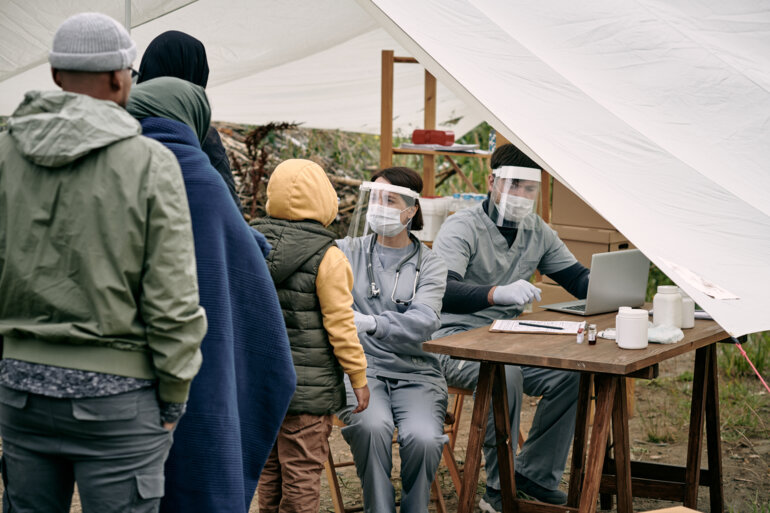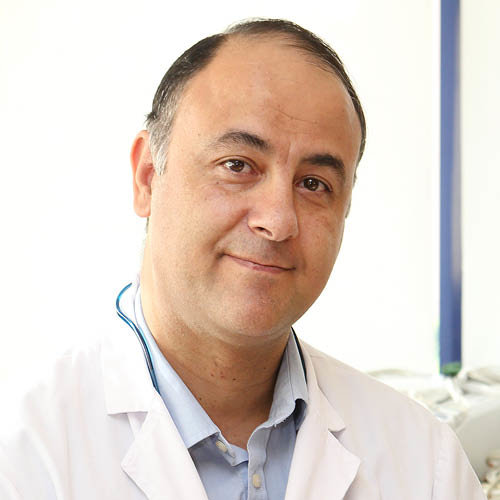ESMO continues its commitment to gender-diverse and sex-specific oncology to address the growing need to close knowledge gaps among oncologists
There is a diversity of knowledge, understanding and confidence within oncology practitioners, when treating patients from the LGBTQ community and, more generally, about the impact of sex and gender on cancer risks and outcomes. These are the broad conclusions from both the latest ESMO Gender Medicine Task Force survey - Awareness and interest of oncology professionals in sex and gender differences in cancer risk and outcome and another survey conducted by ESMO and the European Society of Paediatric Oncology (SIOPE) on oncologists’ attitudes, knowledge and education regarding the management of LGBTQ patients with cancer.
Specifics for LGBTQ patients
While the vast majority of practitioners surveyed (89.52%) indicated that they were comfortable treating lesbian and gay patients, the sexual orientation of those practitioners revealed a significant difference in the level of comfort. While 84.28% of heterosexuals were comfortable, this rose to 94.34% in practitioners identifying as LGBTQ.
Furthermore, there were notable differences in opinion about whether LGBTQ patients were disadvantaged when accessing cancer care. Just over a quarter of survey respondents agreed that the LGBTQ community was disadvantaged, but over half did not (with around a fifth remaining neutral).
In an interview with the ESMO Daily Reporter, Emmanouil Saloustros, Associate Professor at the University of Thessaly, Greece, noted that the cancer risk factors LGBTQ patients tend to be more exposed to, are smoking and human papillomavirus (HPV) infection, a risk often linked to sexual activity. He also noted that there are many uncertainties within oncology practitioners about the risk factors associated with transgender individuals specifically, highlighting that oncologists need more information to guide both patient management and secondary prevention strategies.
With regards to tailoring treatment, he highlighted that one of the biggest challenges for oncologists is the management of hormone-dependent cancers in transgender patients, particularly when the treatment requires discontinuing a gender-affirming hormone therapy and may affect the maintenance of the individual’s gender identity.
Saloustros concluded that there is a need to familiarise doctors with the health-related specificities of LGBTQ patients from the earliest stages of their training in medical school.
The significance of different sex
Looking at the results from the ESMO Gender Medicine Task Force’s survey Awareness and interest of oncology professionals in sex and gender differences in cancer risk and outcome it becomes clear that more education and training is required to gain a clearer picture of the significance of sex difference in treating patients with cancer.
Having identified an inadequate representation of female participants in cancer clinical trials and as a result a lack of power to do meaningful subgroup analyses of all endpoints according to sex, the authors underline that “true magnitude and clinical relevance of sex differences in anticancer drug effects remain insufficiently investigated”.
Another key facet to the sex difference regards the elevated risk of clinical and haematological toxicity among female patients, owing to a lack of sex-based drug dosing strategies. Building on the available literature, the survey authors highlighted that: “Various structural barriers in drug dosing, clinical trial conduct, reporting of endpoints, and drug development and approval mechanisms hamper the integration of sex and gender aspects in treatment decisions. The current dosing strategies are, therefore, inaccurate and lead to higher blood drug concentrations and toxicity in female patients compared to male ones for several anti-cancer therapies.”
According to the survey results, it appears to suggest that establishing novel treatment approaches that address sex differences would require awareness of the potential sex effects at all levels of drug development, including early-stage compound discovery and preclinical experiments.
As with the LGBTQ survey, the sex and gender differences survey identified a knowledge gap within oncologists, and the need for further education.
Prof. Nadia Harbeck, ESMO Director of Education, LMU University Hospital, Munich, Germany, wraps up: “These surveys have shown the commitment that oncology professionals have towards their patients. For some patients it is no longer enough to provide the standard of treatment for a given cancer, it is also necessary to take into account individual patients’ characteristics, including sex and gender, as these parameters may have a critical impact on therapeutic decisions, and ultimately patient outcomes. Such knowledge will come through education, and ESMO is committed to offering education programmes on the back of these exploratory surveys.”
ESMO Gender Medicine Task Force
The mission of the ESMO Gender Medicine Task Force is to raise awareness of the presence of potential sex and gender differences in the biology and treatment outcomes of non-sex related cancers.






